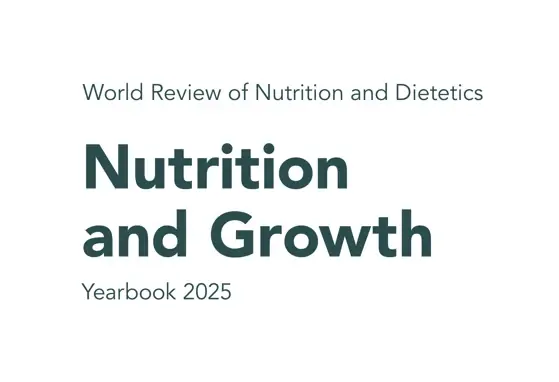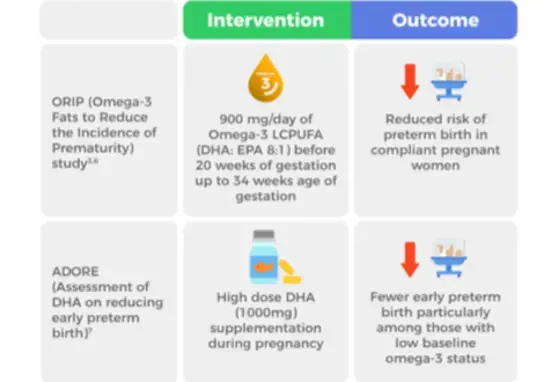Articles and Books

Adolescents' perspectives on food literacy and its impact on their dietary behaviours

Committee on Nutrition: Optimising bone health in children and adolescents

Physical activity, diet and other behavioural interventions for improving cognition and school achievement in children and adolescents with obesity or overweight

Nutrients for executive function development and related brain connectivity in school-aged children

Physical Activity, Fitness, Cognitive Function, and Academic Achievement in Children: A Systematic Review

Dietary calcium and zinc deficiency risks are decreasing but remain prevalent

Adolescent Undernutrition: Global Burden, Physiology, and Nutritional Risks

Global and regional trends in the nutritional status of young people: a critical and neglected age group


